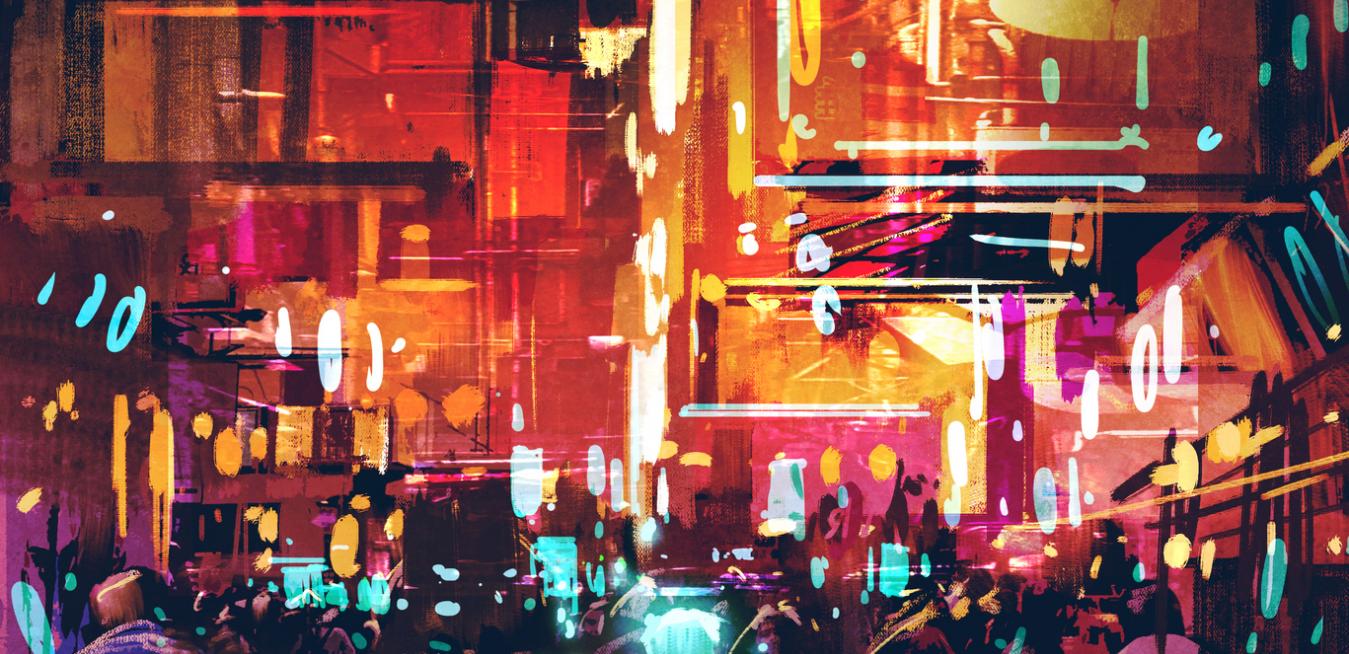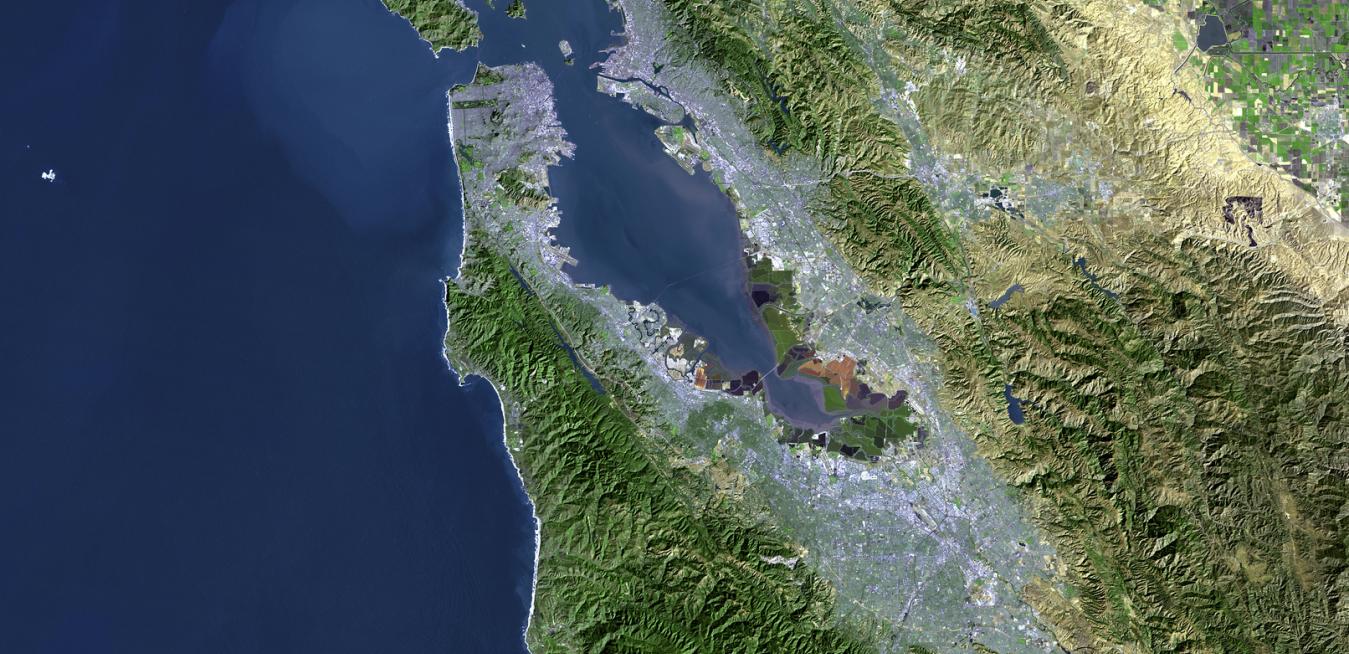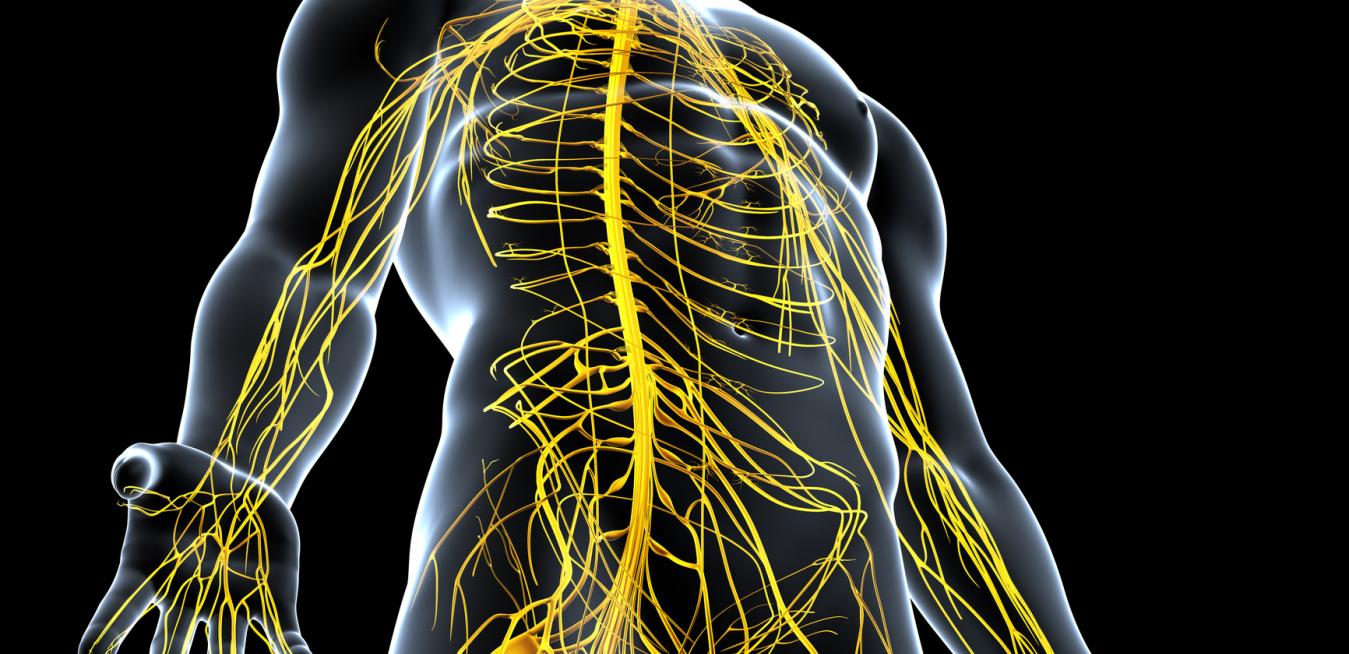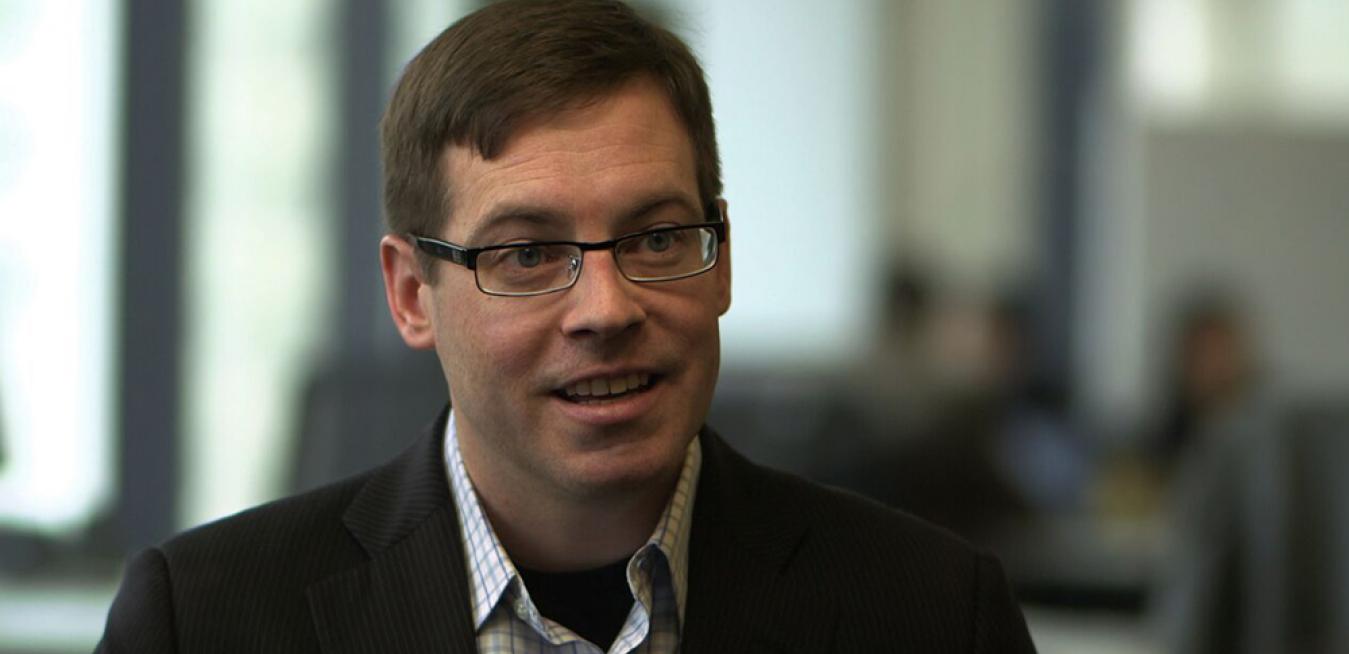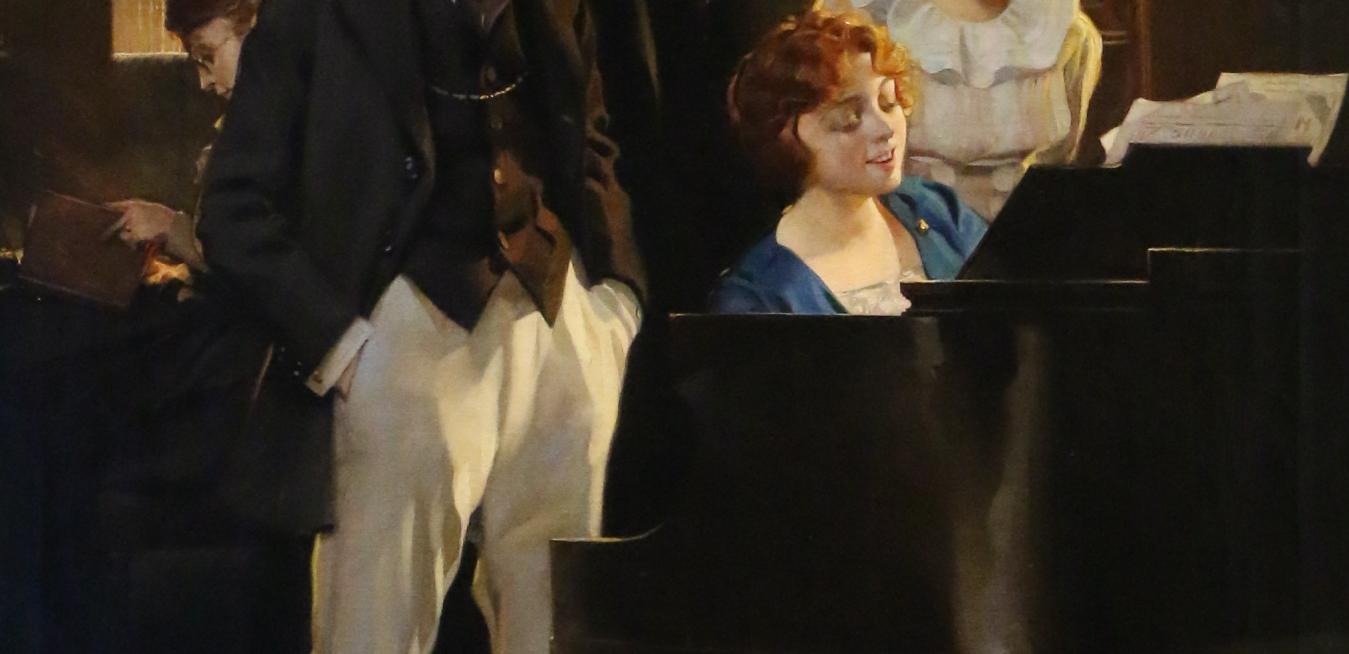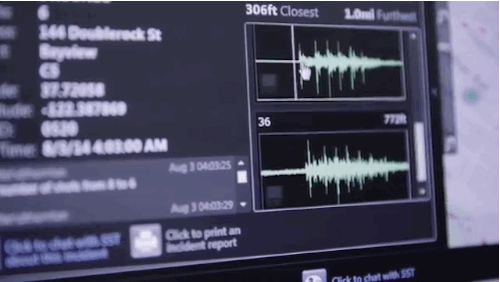When it comes to designing infrastructure, one thing is for sure: Big Data collected through the IoT will play a key role in growing the megacities of 2050, including using data to watch people’s movements and creating smarter mobility. But creating smart cities means more than using the IoT to optimize services or communicate information to residents. It should frame local government decision-making around city transformation.
One of the major barriers for digital cities is red tape. Individuals and businesses will use the open source movement to propel the next Smart City 2.0.
Have you ever had an idea to improve your city?
Who will build the streetlights, transportation networks and energy systems for intelligent cities? Companies that understand today's shared infrastructure can help empower communities.
Networked LED light fixtures with built-in sensors can create a digital nervous system for cities. If deployed on streets, in parking garages and in buildings, this ubiquitous infrastructure will create a constant stream of useful data for government, business and citizens.
One of the most fundamental missions for city leaders is providing infrastructure that allows citizens to live, work and play safely and efficiently. The type of infrastructure that cities provide has continuously evolved as needs changed and opportunities arose.
We are witnessing the dawn of digitized, intelligent cities, where sensors are being deployed to monitor air quality, infrastructure health, traffic and even available parking spots. If this new layer of data is to help citizens realize a better quality of life, officials must show leadership in deploying the technology and helping people use it.
There’s a big shift coming in the Smart City movement that will reshape our cities and create economic opportunities for decades to come.In October, GE launched Current, a startup focusing on bringing to market a holistic energy-as-a-service offering absent from the industry today. Former IBM Watson executive John Gordon just became Current’s first chief digital officer.
